I'm looking for an isolated power supply with the intention of driving the LED of an opto-coupler. The voltage regulation is not important and current output needed is not high. Cost is a major factor.
What kind of circuitry can be employed for this?
Off the shelf solutions from major semiconductors have higher current output of ~200 mA and are more expensive.
Update 1: Reason for isolated supply for an opto-coupler. It is for detecting a fuse blow in a circuitry, where I'm using the fuse as a path for powering the LED in a opto-coupler.

